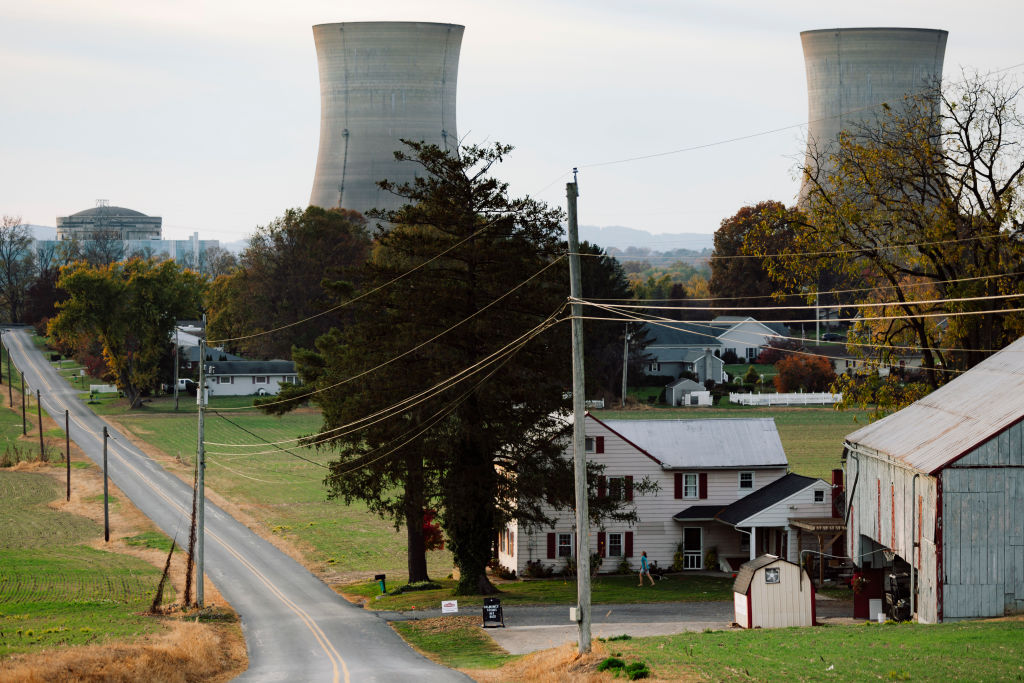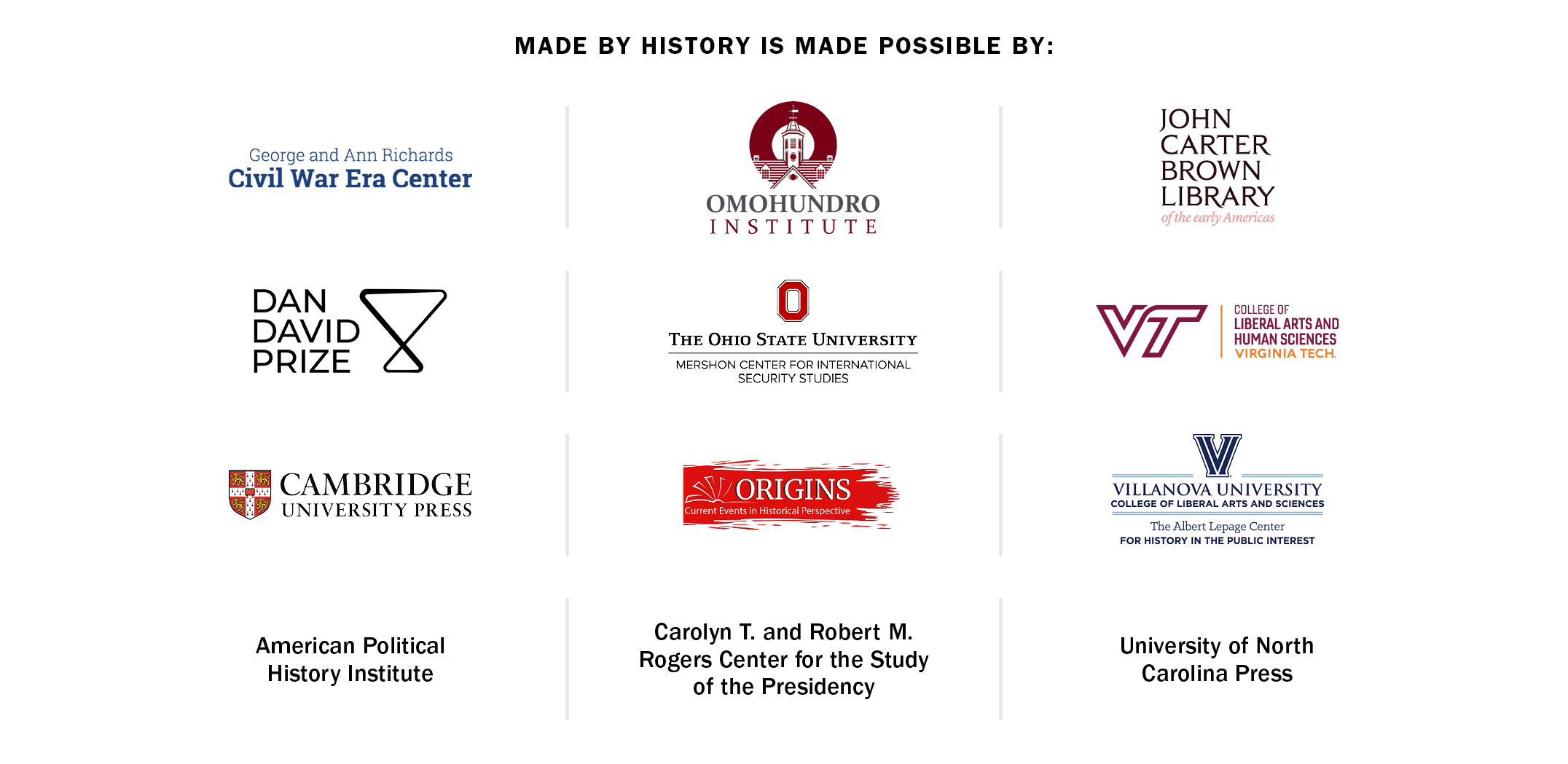What Happens When Big Tech Goes Nuclear?

Silicon Valley firms are advocating for the U.S. to embark on a nuclear energy renaissance. They have received support from President Donald Trump, who recently signed four executive orders which seek to quadruple domestic production of electricity from nuclear power within the next 25 years.
[time-brightcove not-tgx=”true”]The massive energy needs of the data centers required to run artificial intelligence (AI) operations have led Big Tech firms like Microsoft, Amazon, and Meta to buy electricity from preexisting nuclear power plants, push for reopening closed ones, and encourage the construction of new reactors. Microsoft even signed an agreement in September 2024 to restart Unit 1 reactor at Three Mile Island in Pennsylvania—the site of the worst civil nuclear accident in U.S. history when the reactor core of Unit 2 melted down in March 1979.
The role of private enterprise is not new in driving technological innovation in nuclear fission. The Manhattan Project itself had companies such as Dupont, Union Carbide, Bechtel, and Westinghouse heavily involved under the guidance of the federal government. After World War II, the federal government took the lead in nurturing the U.S. nuclear energy industry. It subsidized and regulated nuclear energy in an attempt to promote this new source of electricity to utility providers while also reducing the public health risks from accidents.
The Trump Administration’s executive orders on nuclear energy gut regulation in the name of efficiency and cost-cuts. But if the history of nuclear energy’s emergence and expansion offers us any lessons on this, it’s that the federal government has been pivotal for nuclear energy’s growth, reliability, and safety.
Read More: Nuclear Power Is the Only Solution
For almost a decade after the U.S. dropped atomic bombs on Hiroshima and Nagasaki in 1945, the federal government kept the scientific knowledge tied to nuclear energy and weapons as top-secret “restricted data.” But in 1954, Congress shifted gears and passed the Atomic Energy Act. Unlike its 1946 predecessor, this Act allowed for the commercialization of nuclear knowhow. The role of government was vital in creating an atomic marketplace because it had to determine which technologies private companies could trade in, without posing risks to U.S. national security—a most important tenet during the early Cold War to prevent nuclear proliferation.
This early technological ambiguity posed security challenges. In one case, the American company Vitro International ended up selling blueprints for a plutonium reprocessing plant to India—a key piece of infrastructure useful both for generating nuclear power and for developing a nuclear weapon. The sale ended up helping advance India’s nuclear weapons program, exposing the need for clear rules and laws governing the sale of nuclear information, which only the federal government could devise.
In addition to setting rules about what companies could do with nuclear information, the government offered subsidies to spur nuclear energy growth within the United States. It also encouraged U.S. companies to sell nuclear reactors abroad as part of broader goal of maintaining American technological primacy in the postwar world order.
The federal government also enacted regulation to ensure nuclear energy’s safety and security. In 1957, Congress passed the Price-Anderson Act, which limited the liability of the nuclear industry for accidents and also provided the public with mechanisms for seeking compensation when they occurred. In other words, the nuclear industry accepted regulation because the government was providing the majority of funding to build nuclear power plants. This acceptance, however, would change within a decade.
By the late 1960s, the federal government’s willingness and capacity to support nuclear energy had diminished—for reasons having little to do directly with energy policy. The U.S. had to accumulated large deficits due to military escalation in Vietnam, which prompted a budget crunch. Moreover, as the public became more skeptical of political elites and the government due to anti-war sentiments against Vietnam, and later, the Watergate scandal, opposition to large state-led projects such as nuclear power grew. The U.S. Atomic Energy Commission was even reorganized, beginning under President Richard Nixon’s administration, to curtail the power of the Commission. By the Carter years, the Commission had become the Department of Energy and Nuclear Regulatory Commission, which exists till this today, but whose regulatory powers the Trump Administration plans to drastically reduce.
As government funding for the nuclear energy industry dropped, private finance stepped into the void. But, being primarily motivated by profit, private banks did not find nuclear energy lucrative enough, especially owing to frequent cost overruns of reactor construction projects, red tape, and regulation. Thus, private funding did not match the same levels of economic support that the state had once provided. Without government subsidies, the nuclear energy industry experienced financial difficulties— years before the accident at Three Mile Island shocked the nation in 1979.
The Reagan Administration attempted to revive the industry by cutting regulations, or what it called “Carter-era anti-growth policies,” while also boosting funding for nuclear energy by 36% in 1981. But the effort to save the industry failed. While the funding boost was quite generous in the context of an administration that was cutting spending on social service programs, it was not enough to cover the constant cost overruns of nuclear energy projects. Additionally, the general public came to mistrust and reject nuclear energy projects, further disillusioned by the Three Mile Island disaster. New operators even feared financial liability in the event of future accidents.
Read More: The U.S. Is Losing a New Nuclear Arms Race

In 1986, the severe nuclear accident in Chernobyl in the Soviet Union further increased opposition to nuclear power globally. In the U.S., the construction of new nuclear power plants halted. The only new nuclear units to be added to the grid in the 1980s were those whose construction began in the 1960s and 1970s.
The current push for nuclear energy looks very different from the original one in the 1950s. Unlike in the past when the majority of funding for nuclear energy came from the state, private investments from the Silicon Valley are now flowing to the U.S. nuclear energy sector at unprecedented levels. Nuclear energy startups have mushroomed, a large number of these funded by Big Tech. This threatens to tilt the technocratic and regulatory power away from the state. President Trump’s executive orders support this tilt through a variety of measures, including reducing power of the Nuclear Regulatory Commission and emphasizing advanced reactor testing outside the national laboratories that are hubs of American scientific and technological innovations resulting from the Manhattan Project.
And yet, historically, the U.S. nuclear energy industry has thrived when government provided strong guidance. When the federal government stepped back, the industry suffered immensely. China, Russia, and France have all learned this lesson too, embracing state-led and majority state funded industries.
The ethos of Big Tech to “move fast and break things” could spur unprecedented innovation in nuclear energy, especially through the construction of small modular reactors, microreactors, and even fusion. But, just like Silicon Valley itself, which has historically flourished through the invisible hand of the state, the nuclear energy industry might also need increased guidance from the government in order to be safe, secure, and reliable.
Jayita Sarkar is Professor of Global History of Inequalities at the University of Glasgow and author of the award-winning book, Ploughshares and Swords: India’s Nuclear Program in the Global Cold War (Cornell University Press, 2022). She is currently finishing her next book, Atomic Capitalism (Princeton University Press, under contract). She is a British Academy Global Innovation Fellow for 2024-25 at the Carnegie Endowment for International Peace in Washington, D.C.
Made by History takes readers beyond the headlines with articles written and edited by professional historians. Learn more about Made by History at TIME here. Opinions expressed do not necessarily reflect the views of TIME editors.


